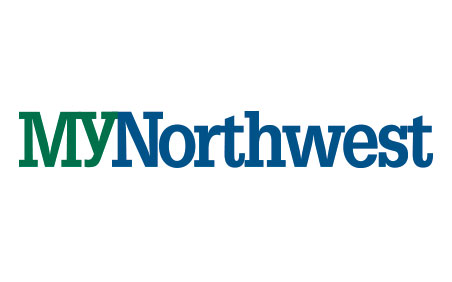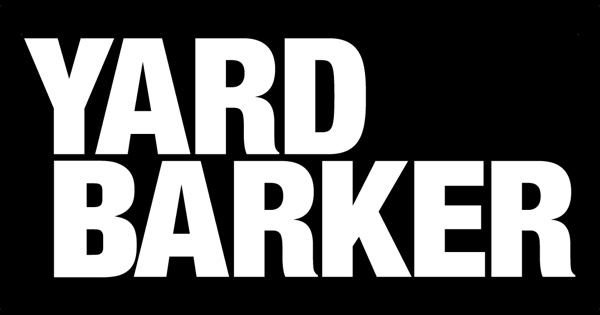GoFundMe, the popular crowdfunding platform, has announced that it has generated $30 billion in crowdfunding campaigns since its inception in 2010. The platform has seen significant growth, with 150 million people participating in sending or receiving money through GoFundMe. A recent report by the Indiana University Lilly Family School of Philanthropy found that younger generations, including Gen Z and millennials, as well as those who are unmarried and less religious, are more likely to give through crowdfunding than traditional nonprofits.
GoFundMe CEO Tim Cadogan expressed his excitement about the platform’s ability to bring people together to help each other on a large scale. While GoFundMe is a for-profit company, it has included donations given through its acquisition of Classy, an online platform that facilitates giving to nonprofit organizations, in the reported $30 billion raised.
In comparison, charitable giving to nonprofit organizations in the U.S. reached $499.3 billion in 2022. The most common donation on GoFundMe is $50, and fundraising campaigns primarily reach the personal networks of the individuals who start them. However, some campaigns capture a broader audience, especially during high-profile events like disasters.
GoFundMe monitors campaigns connected to such events, verifies them, and collects authenticated fundraisers on its website. The platform also uses its extensive database to identify anomalous campaigns, and payment processors and banks have fraud detection processes in place.
The rise of online giving through platforms like GoFundMe coincides with the adoption of social media and the increase in e-commerce and online financial services. However, it is unclear how much crowdfunding has replaced giving to nonprofit organizations, as data about crowdfunding is less public. GoFundMe shares anonymized data with GivingTuesday to track giving trends.
Other platforms, such as DonorsChoose and Facebook/Instagram fundraisers, also facilitate online crowdfunding. GoFundMe CEO Tim Cadogan believes there is still room for further growth in online donations and hopes to normalize asking for help publicly as a way to unlock people’s generosity.
Note: This article has been rewritten for clarity and conciseness.



